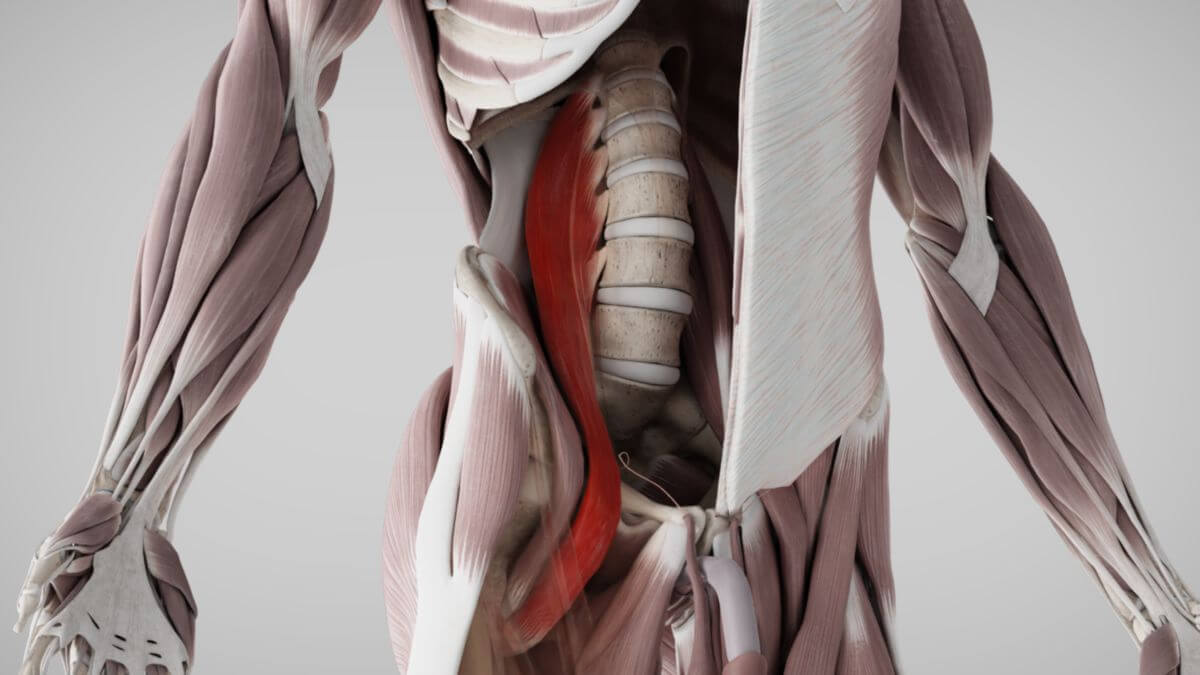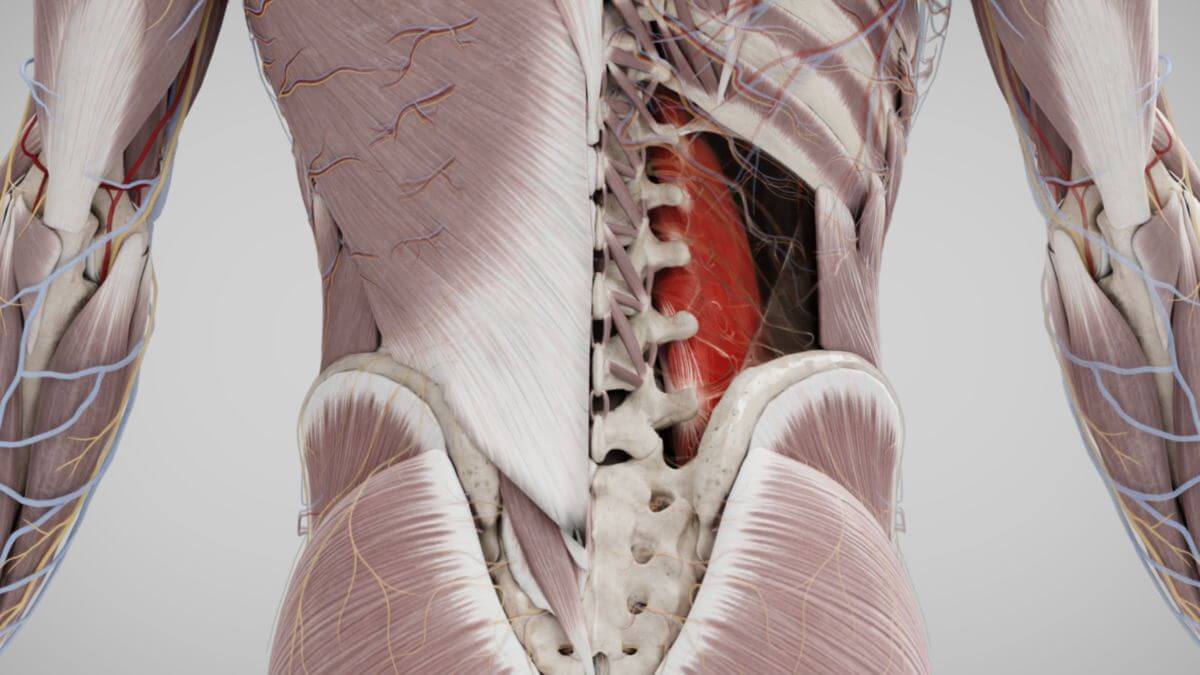Corpus: Psoas major muscle
1. Definition
The psoas major muscle is a skeletal muscle that is part of the inner hip musculature. Functionally, it combines with the iliacus muscle to form the iliopsoas muscle.
2. Origin
The psoas major muscle has two layers of origin. The superficial layer originates from the twelfth thoracic vertebral body (T12), the first four lumbar vertebral bodies (L1 to L4), and the associated intervertebral discs. The deep layer originates from the transverse processes of the first to fifth lumbar vertebrae. The muscle has a close anatomical relationship with the lumbar plexus.
3. Insertion
Together with the iliacus muscle, the psoas major muscle inserts at the lesser trochanter of the femur.
4. Peculiarities
The psoas major muscle shares a common fascial sheath with the iliacus muscle and passes through the muscular compartment. It is also notable for being visible on X-ray images, a feature not common to all muscles.
5. Innervation
The psoas major muscle is innervated by the femoral nerve and by direct branches from the lumbar plexus (L1-L4).
6. Function
In the hip joint, the psoas major muscle is primarily responsible for flexion, making it the strongest hip flexor in humans. Depending on the starting position, it also contributes to internal or external rotation of the hip.




